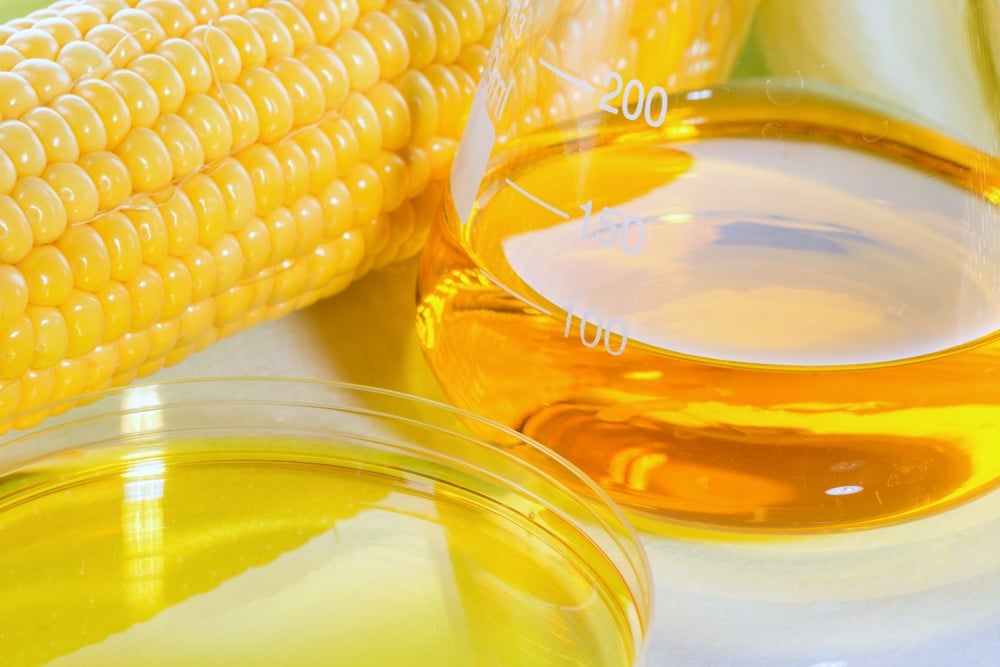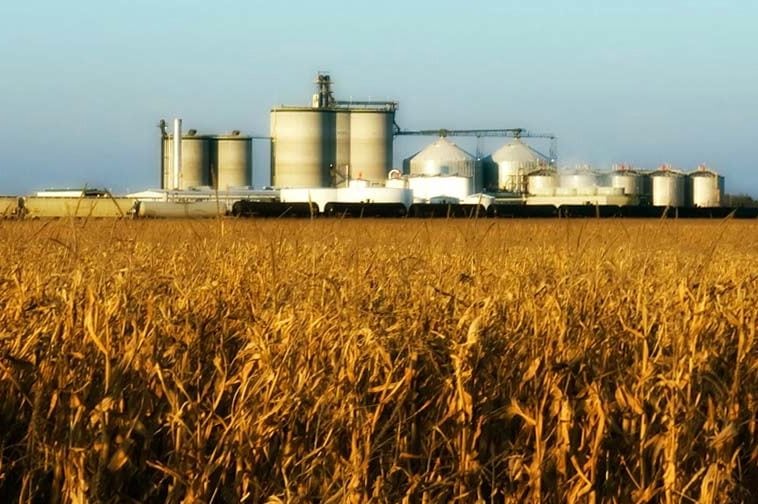U.S. Treasury releases guidance on clean fuels tax credits

Glacier FarmMedia | MarketsFarm — The United States Department of the Treasury together with the Internal Revenue Service released much-anticipated short-term guidance on tax credits for biofuels on Jan. 10, giving the soyoil market a boost to end the week.
Section 45Z of the Clean Fuels Production Credit provides a tax credit for the production of transportation fuels with lifecycle greenhouse gas emissions below certain levels. The credits of up to US$1.75 per gallon for sustainable aviation fuel (SAF) and US$1.00 per gallon for non-SAF transportation fuels is in effect as of Dec. 31, 2024, and run through 2027.
Read Also

US issues partial guidance on clean fuel subsidies, chafing ethanol makers
U.S. biofuels groups are eager for clarity on the tax credits for fuels that combat climate change, which they hope will ultimately provide a pathway for corn-based ethanol to expand its market as a feedstock for sustainable aviation fuel.
“This guidance will help put America on the cutting-edge of future innovation in aviation and renewable fuel while also lowering transportation costs for consumers,” said Deputy Secretary of the Treasury Wally Adeyemo in a news release, adding “decarbonizing transportation and lowering costs is a win-win for America.”
Section 45Z provides a per-gallon (or gallon-equivalent) tax credit for producers of clean transportation fuels based on the carbon intensity of production. It consolidates and replaces pre-Inflation Reduction Act (IRA) credits for biodiesel, renewable diesel, and alternative fuels, and an IRA credit for sustainable aviation fuel. Like several other IRA credits, 45Z requires Treasury to establish rules for measuring carbon intensity of production, based on the Clean Air Act’s definition of “lifecycle greenhouse gas emissions.”
“We appreciate the critical role that America’s farmers play in building a clean energy economy, including by providing feedstocks for advanced biofuels grown with climate-smart practices that help farmers earn more for what they grow,” said John Podesta, White House Senior Advisor for International Climate Policy in the release. “Today’s announcement reinforces the important role climate-smart agriculture plays in clean transportation as well as the importance of providing pathways for unbundled accounting of climate smart practices that producers can count on.”
“This tax credit is essential to U.S. competitiveness and to reduce emissions in the transportation sector with more affordable, cleaner fuel,” said U.S. Deputy Energy Secretary David M. Turk in the release.
The guidance provides clarity on issues including which entities and fuels are eligible for the credit, and how taxpayers determine lifecycle emissions. Specifically, the guidance outlines Treasury and the IRS’ intent to define key concepts and provide certain rules in a future rulemaking, including clarifying who’s eligible for a credit and what fuels are eligible. Under section 45Z, a fuel must be “suitable for use” as a transportation fuel.
The notice begins a 90-day comment period that leaves major decisions on the future of the 45Z credit to the incoming Trump administration.
“While we are pleased to see Treasury has finally released its long overdue guidance on 45Z, today’s package falls short of expectations and remains incomplete,” said Geoff Cooper, President and CEO of the Renewable Fuels Association (RFA) in a separate release. “The guidance is a potential step in the right direction, but much work remains to be done before clean fuel producers, farmers, and consumers can fully benefit from the 45Z program.”
Cooper said important information from the emissions rate table remains unavailable in the guidance, making it impossible for producers to know whether their fuel is eligible for the credit or not. While that information, along with a new 45Z GREET model, is expected to be released soon, Friday’s guidance leaves biofuel producers in limbo, according to the RFA.
Source: Farmtario.com

